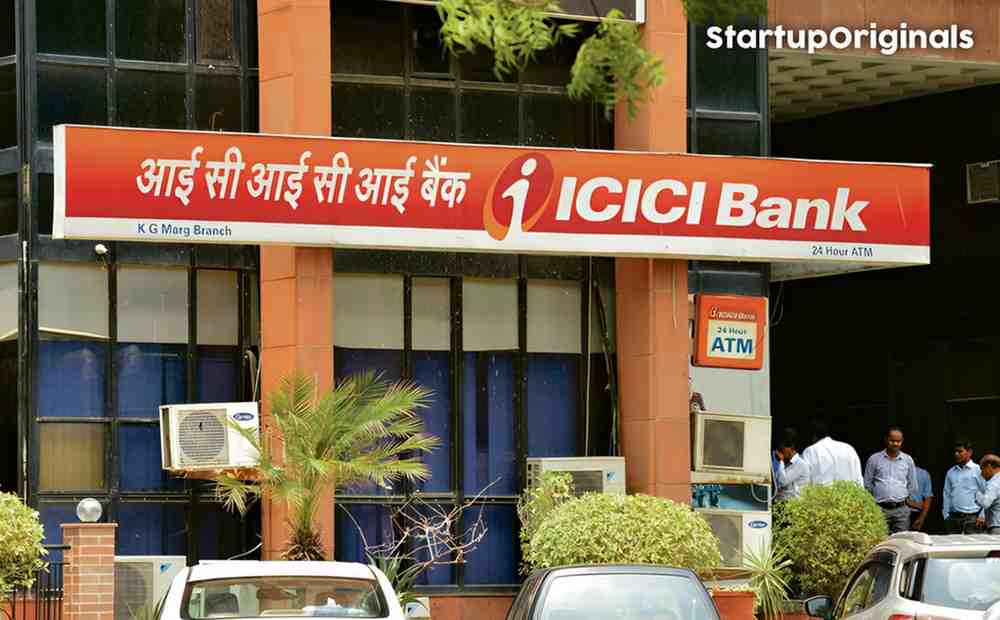
India’s fintech giant Paytm is stepping on the gas for its global journey, unveiling a sweeping international expansion strategy aimed at generating meaningful results within three years. After achieving its first core profit and revamping its technological focus, Paytm is embarking on a targeted foray into promising overseas markets – determined to become a global force in digital payments and financial services.
Creating a Global Footprint: Focus on UAE, Saudi Arabia, and Singapore
In 2025, Paytm moved strategically by setting up wholly owned subsidiaries in global fintech hotspots:
- Paytm Singapore Pte. Ltd. – Positioned as the operational and distribution hub for Southeast Asia, leveraging the city-state’s digital infrastructure and regulatory openness.
- Paytm Arab Payments LLC in UAE – With a $2.1 million investment, this subsidiary focuses on merchant payments and tailored digital financial services, targeting the region’s booming fintech sector.
- Ongoing plans to expand in Saudi Arabia, all part of a carefully sequenced rollout.
These regions were chosen for their high smartphone adoption, regulatory progress, and untapped opportunities for SME digitization. Paytm aims to replicate its success by customizing its AI-led payments, POS, and lending platforms to local needs, always in close consultation with local partners and regulators.
Strategic Priorities: From B2C to Global Tech Platform
Paytm’s pivot marks a transition from a consumer app (B2C) in India to a global technology exporter (B2B). The company is exporting its merchant ecosystem model, adapting it for new regulatory environments, and seeking revenue diversification beyond India’s heavily regulated payments sector. This move echoes the playbook used by Asian tech heavyweights and Paytm investor Alibaba.
- Inorganic Growth & Partnerships: Paytm is exploring joint ventures, acquisitions like its recent stake in Delaware-based Seven Tech, and local alliances for faster market entry.
- AI-First Product Strategy: Paytm is doubling down on automation and in-house AI tools for onboarding, fraud detection, personalized offers, and platform efficiency. This strategy is driving both operational leverage and superior merchant value.
Financial Performance and Product-Led Growth
2025 saw Paytm’s annual revenue rise to ₹26,800 crore, up 16% year-over-year, driven by strong growth in lending and merchant services. The user base remains massive, with 270 million monthly active users and over 540 million registered accounts globally. The company’s product-led approach is credited for high user engagement and retention, reaching a remarkable 93% among transacting users.
Recent expansions in financial services-like wealth management, insurance, and broking-accompany the global push. CEO Vijay Shekhar Sharma stresses that rather than ramping up marketing, Paytm is investing in superior product experiences and AI-driven automation, enabling sustainable, scalable growth.
Challenges and a Measured Approach:
Paytm acknowledges the complexities of entering regulated, competitive markets. The company is proceeding with a “1,000-day plan,” focusing on long-term results over quick gains. While immediate profitability from these ventures isn’t guaranteed, Paytm’s management believes the groundwork in technology and partnerships will pay off-delivering results in about three years.
Looking Ahead: Promising Future for Paytm Abroad
With a sharper business model, improved cost structure, and clearer tech leadership, Paytm is poised for its next growth phase. As international expansion gains traction, the brand aims to set benchmarks in global fintech while continuing to innovate in its home market. The next three years will be critical-defining whether Paytm’s bold bet beyond India becomes a playbook for other Indian startups eyeing the world stage.




